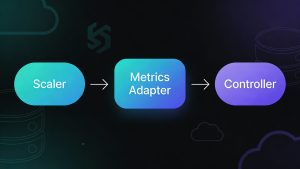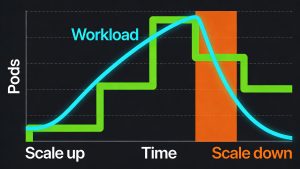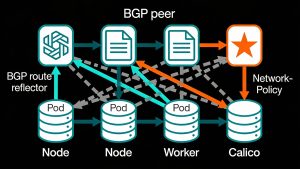Ballerina is a powerful, cloud-native programming language tailored specifically for integration scenarios. Its comprehensive support for modern network protocols and diverse data formats makes it an ideal platform for interacting with APIs such as OpenAI’s. By leveraging the OpenAI Connector for Ballerina, developers can simplify AI integration and access advanced features ranging from text generation to custom model management.
Capabilities of the Ballerina OpenAI Connector
The Ballerina OpenAI Connector serves as a bridge between applications and OpenAI’s robust REST API. It allows programmatic access to a range of cutting-edge AI features, including:
- Text Generation Automation: Enable content creation, chatbot dialogues, and automated responses using endpoints like
/chat/completionsor/responses. - Audio Processing: Transcribe or translate audio files through
/audio/transcriptionsand/audio/translations, unlocking possibilities for multilingual support and audio analysis. - Image Generation & Editing: Create original visuals or alter existing images with
/images/generationsand/images/edits, ideal for marketing, content creation, or design tools. - Fine-Tuning Models: Manage and deploy custom machine learning models via
/fine_tuning/jobs, perfect for highly specialized AI solutions. - Vector Store Management: Organize and search large datasets with
/vector_storesendpoints, supporting semantic search and recommender systems. - Analytics & Moderation: Analyze content safety and monitor API usage using
/moderationsand/organisation/usagetools.
Getting Started: Prerequisites
Before proceeding, ensure the following prerequisites are met:
- Ballerina Installation: Download and install Ballerina from the official website.
- OpenAI Developer Account: Sign up on the OpenAI Platform and receive access credentials.
An OpenAI API key (token) is required for authentication and API requests.
Step-By-Step: Setting Up OpenAI Access
1. Create a Project on the OpenAI Platform
- Open the OpenAI Platform dashboard.
- Access the user profile menu at the top right.
- Choose “Your Profile.”
- Navigate to “Projects” on the sidebar and click “Create Project.”
2. Generate and Secure Your API Key
- Enter the “API Keys” section.
- Click “Create new secret key.”
- Assign a name (e.g., “Connector Key”) and select the related project.
- Copy and securely store the generated API key (it will not be displayed again).
Quickstart Guide: Integrate the OpenAI Connector in Ballerina
Prerequisites
- Have a Ballerina project ready. Refer to the official documentation to set up a new project.
1. Add Credentials
In the Config.toml file of the project, insert your API token:
text
token = "<Your_Access_Token>"2. Import the OpenAI Module
Insert the following import statement into your .bal source code:
text
import ballerinax/openai;3. Initialize the OpenAI Connector
Set up the connector client with your token:
text
configurable string token = ?;
final openai:Client aiClient = check new({
auth: {
token
}
});4. Use the Connector for AI Operations
With initialization complete, invoke OpenAI APIs as needed. For example, to generate a chat completion:
text
public function main() returns error? {
io:println("Enter a topic or keyword:");
string userPrompt = io:readln();
string systemPrompt = "You are a skilled marketing assistant. Create an engaging social media post based on the topic.";
openai:CreateChatCompletionRequest request = {
model: "gpt-4o",
messages: [
{ role: "system", content: systemPrompt },
{ role: "user", content: userPrompt }
],
max_tokens: 100,
temperature: 0.9
};
openai:CreateChatCompletionResponse response = check aiClient->/chat/completions.post(request);
io:println("Generated Social Media Post:");
io:println(response.choices[0].message.content);
}
5. Run the Application
Execute the application with:
text
bal runThis launches the OpenAI client, sends a text generation request, and displays the AI-generated output.
Explore Advanced Features
Ballerina’s OpenAI Connector enables seamless AI-powered functionalities, including audio analysis, dynamic image creation, and bespoke model tuning. The official connector documentation offers in-depth usage details and example implementations. By capitalizing on these capabilities, developers can build sophisticated applications with minimal integration overhead.
Whether used for building conversational agents, content automation, or AI-driven creative tools, the Ballerina OpenAI Connector is designed to streamline the development of innovative, intelligent digital solutions.
Read more such articles from our Newsletter here.



